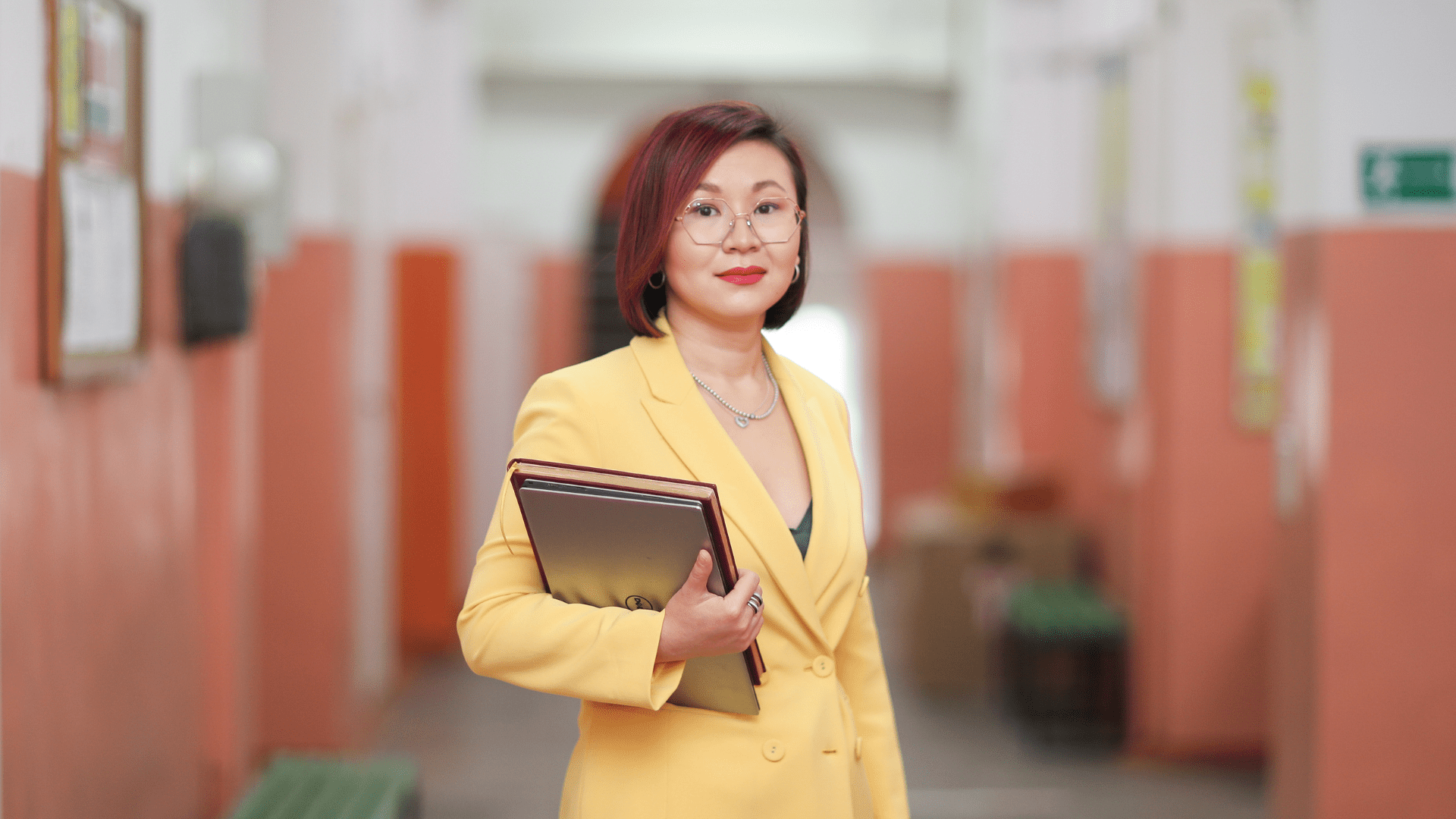Taking a Leading Role in Science Communication

Since Aiymgul Kerimray and her colleague Dr. Nassiba Baimatova started the “Air Quality Science” channel on Telegram back in December of 2019, she has tried to respond to the daily questions, emails and messages they receive on various topics related to air pollution. The channel has 893 subscribers and in July of 2021 they launched an Instagram page that now has 1,619 subscribers.
Kerimray completed her PhD in 2018 in sustainable engineering at Nazarbayev University in the Republic of Kazakhstan. Her research focused on quantitative assessment of pathways for reducing emissions in the residential neighborhoods in Kazakhstan. She believes that as a scientist, it’s vital to her mission to share her research to raise public awareness and contribute to informed decision-making, especially on environmental issues.
“It’s striking to me that there is a lot of misleading information and myths about air pollution, not only at the level of the general public but also among the decision makers,” Kerimray said. “In Kazakhstan, there is a lack of research on the environmental and health impact on the use of coal.”
“The use of coal has an impact on the health of a population. There is an increased mortality and morbidity from various diseases related to coal use. This translates to the invisible costs for curing diseases, reduced productivity and higher days of sick leave. So, accounting for those invisible costs should be conducted to compare the true costs of various technologies.”
Kerimray is currently working at the U.N. Environmental Program’s Copenhagen Climate Center. She is conducting trainings on a greenhouse gas emissions projection tool that allows countries to quickly analyze how a variety of mitigation options will impact emissions. She is concerned about the myths surrounding the costs of air pollution that keep policy makers from taking action.
Kerimray says that often “green technology” is perceived to be expensive, especially when compared to the cost of coal for fuel. But she says there are often hidden costs to using coal that aren’t being counted.
“The use of coal has an impact on the health of a population. There is an increased mortality and morbidity from various diseases related to coal use. This translates to the invisible costs for curing diseases, reduced productivity and higher days of sick leave,” Kerimray said. “So, accounting for those invisible costs should be conducted to compare the true costs of various technologies.”
For Kerimray, focusing on peer-reviewed research is important to helping create a better understanding and fighting misinformation on sustainable energy. To do this, she says it’s important for scientists to communicate their research in a variety of forms like on mass media to reach policy makers, but on accessible platforms like social media, to ensure they are reaching a broader audience.
